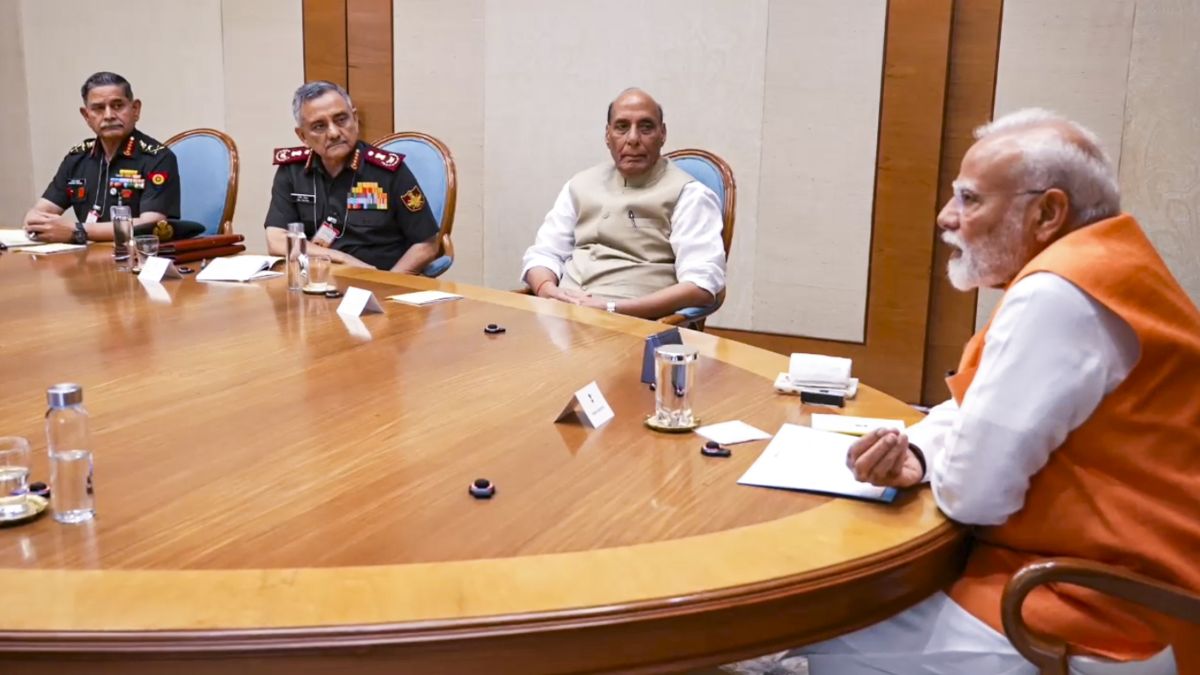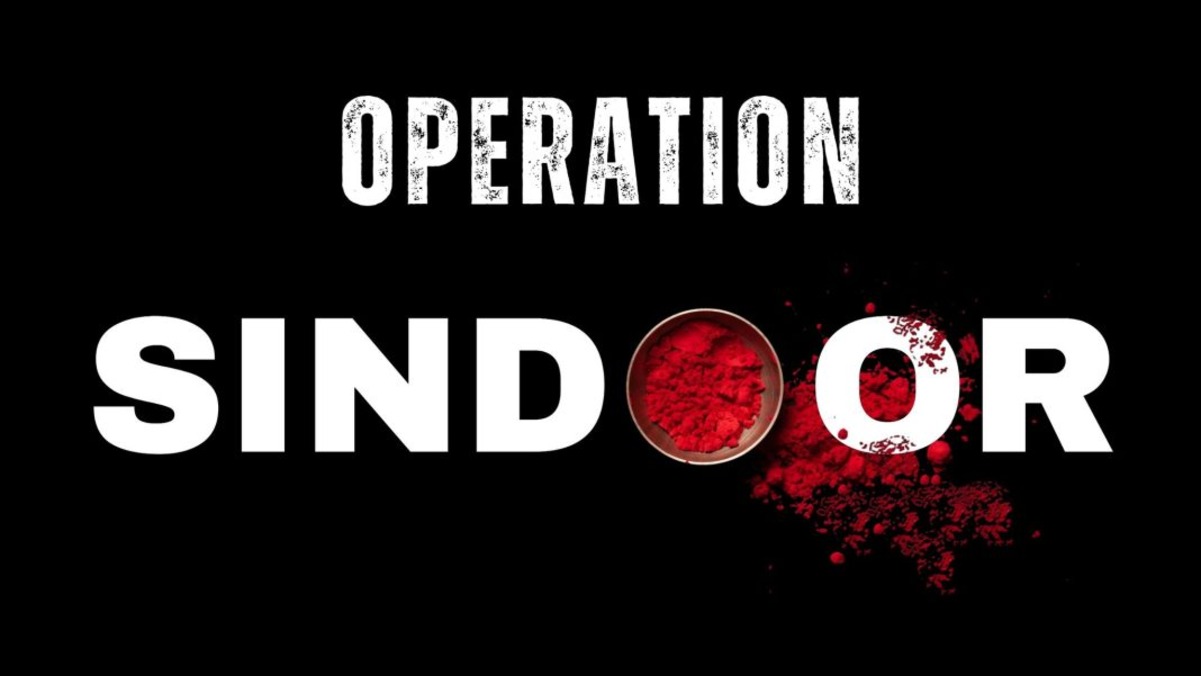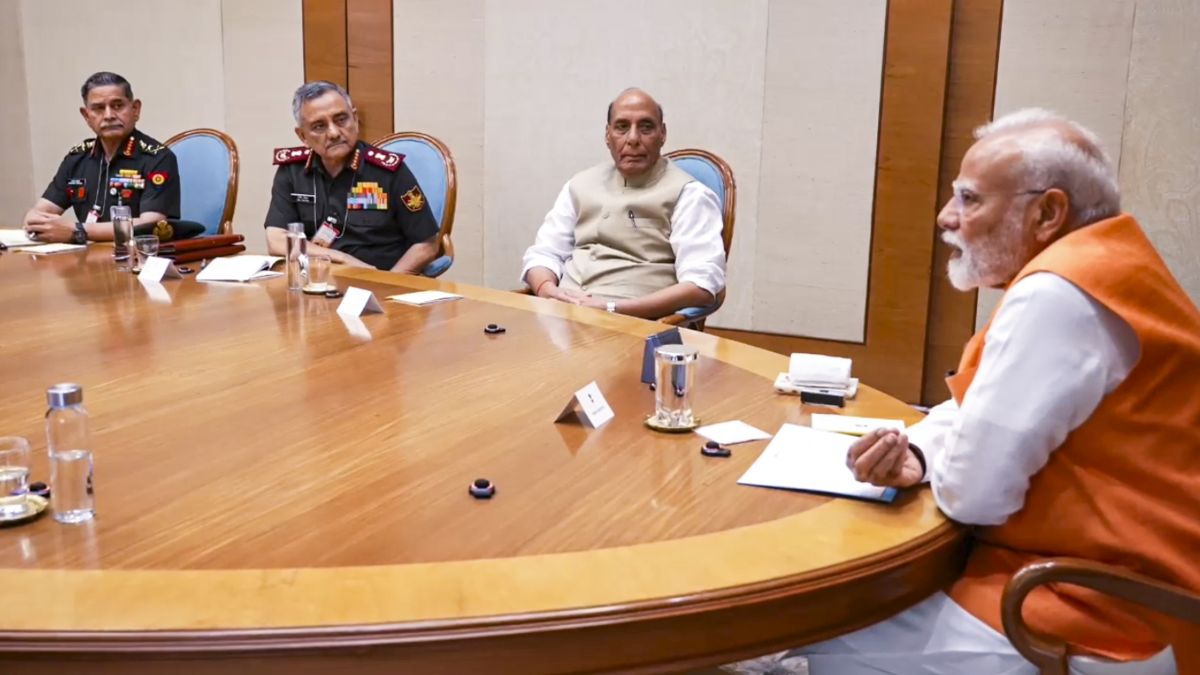This is a defining moment in South Asia. The post-Cold War geopolitics is carving a new line after ‘Operation Sindoor’. India conducted a series of precision air and missile strikes on May 7, 2025, targeting nine sites in Pakistan. These strikes were in retaliation for the April 22 terrorist attack in Pahalgam, Jammu and Kashmir, which resulted in the deaths of 26 Indian tourists. India identified the targeted locations as terrorist infrastructure associated with groups like Jaish-e-Mohammed. Pakistan has also fired missiles in which seven civilians are killed in India.
Tensions were escalating, and most likely the war seemed imminent. UN Secretary-General António Guterres called for maximum restraint from both India and Pakistan, emphasising that “the world cannot afford a military confrontation between India and Pakistan”. The other big powers added the same language of restraint and demanded peace.
But the ceasefire was announced on May 10. US President Donald Trump wrote on X, “After a long night of talks mediated by the United States, I am pleased to announce that India and Pakistan have agreed to a FULL AND IMMEDIATE CEASEFIRE. Congratulations to both countries on using common sense and great intelligence. Thank you for your attention to this matter!”
However, there were reports of ceasefire violations from Pakistan’s side, but as per the India Today report, “The Indian Army, in an official statement, said the ceasefire along the LoC is intact and continues to be observed as per the understanding between both the armies.”
Unless Pakistan changes its jihadi course, the ceasefire may prove untenable; under such circumstances, a comparative assessment of India and Pakistan’s diplomatic and military strengths and weaknesses becomes imperative.
Comparative Diplomatic and Military strengths
India has cultivated strategic partnerships with multiple major powers, including the United States, Russia, France, and Israel, providing access to diverse military technology and diplomatic support. In any confrontation between India and Pakistan, a multitude of factors come into play, spanning conventional military strength, nuclear capabilities, economic endurance, technological advancements, and geopolitical dynamics.
While both nations possess formidable armed forces, a comparative analysis reveals several areas where India holds a significant advantage, alongside specific strengths that Pakistan leverages for its defence posture. As of early 2025, India is consistently ranked as the 4th most powerful military globally, while Pakistan holds the 12th position according to the Global Firepower Index.
India maintains a considerably larger active military force, with approximately 1.4 to 1.46 million personnel, compared to Pakistan’s roughly 654,000. India also has a larger pool of reserve personnel (around 1.15 million) and available manpower (estimated at over 650 million reaching military age annually compared to Pakistan’s 108 million). This numerical superiority is underpinned by a significantly larger defence budget. India’s defence expenditure for 2024-2025 is in the range of $79 billion to $86.1 billion, making it one of the world’s top military spenders. In contrast, Pakistan’s defence budget is estimated to be between $7.6 billion and $10.2 billion.
Chinese Perspectives
China has already confirmed strong diplomatic and material support for Pakistan, particularly at forums like the United Nations Security Council, where it might block or dilute anti-Pakistan resolutions. Beijing may blame India for triggering the crisis, especially if it relates to Kashmir, and push for international intervention — which India traditionally resists.
China may mobilise troops along the Line of Actual Control (LAC) to divert Indian military attention and resources. China could provide Pakistan with real-time intelligence, cyberwarfare capabilities, and surveillance data to enhance Pakistan’s battlefield awareness. China is very shrewd in its display of diplomacy; its actions will be merely limited to verbal support unless its own interests are not being targeted.
Russia’s Views in Times of War between India and Pakistan
If an all-out war breaks out between India and Pakistan, Russia’s response would be shaped by its historical ties with India, growing ties with Pakistan, its strategic autonomy, and its interest in regional stability. Historically, Russia (and previously the Soviet Union) has been a trusted strategic partner of India, especially during the 1971 Bangladesh Liberation War. In a modern conflict, Russia would likely maintain official neutrality but offer behind-the-scenes diplomatic support to India. Russia might oppose any UN sanctions or resolutions against India and work to prevent the internationalisation of the conflict, in line with India’s traditional stance.
European Countries
If an all-out war breaks out between India and Pakistan, the response of European countries would be guided by their core foreign policy principles—conflict prevention, nuclear non-proliferation, human rights, and strategic alliances. While the European Union (EU) may issue a unified response, key individual countries like the UK, France, and Germany may also act independently.
Role of Islamic States
If the ceasefire is breached and the war starts, the Islamic countries’ responses would not be uniform. While many would express solidarity with Pakistan, the degree of political, military, or economic support would vary based on national interests, bilateral ties with India, geopolitical alignments, and sectarian divisions (Sunni vs Shia). Turkey under Erdoğan has been consistently supporting Pakistan, especially on Kashmir at UN forums. Despite religious solidarity, geoeconomic realities, sectarian divides, and diplomatic pragmatism ensure that most Islamic countries will not support Pakistan beyond words and andwill avoid alienating India—a major economic and strategic partner.
Nuclear Dangers
Estimates of nuclear warhead stockpiles vary, but both countries are believed to possess a comparable number, with Pakistan (around 170-172 warheads) potentially having a slight numerical edge over India (around 165-180 warheads). Both nations have sophisticated ballistic and cruise missile programmes capable of delivering nuclear warheads.
India’s Agni series of missiles includes the Agni-V, an Intercontinental Ballistic Missile (ICBM) with a reported range of 7,000–8,000 km, capable of reaching deep into neighbouring territories. India has also successfully tested Multiple Independently Targetable Reentry Vehicle (MIRV) technology for the Agni-V, allowing a single missile to carry multiple warheads. Pakistan’s missile arsenal includes the Shaheen and Ghauri series of ballistic missiles, with the Shaheen-III having a range of up to 2,750 km, capable of targeting all of India. Pakistan has also been developing MIRV technology for its Ababeel missile (range 2,200 km). It also possesses cruise missiles like the Babur and Ra’ad, which can be launched from ground, air, and sea platforms.
A significant difference lies in their declared nuclear doctrines. India adheres to a “No First Use” (NFU) policy, pledging not to initiate a nuclear attack but reserving the right to a massive retaliatory strike if attacked with nuclear weapons. Pakistan, on the other hand, does not have an NFU policy and maintains a stance of “credible minimum deterrence,” which is widely interpreted to include the possible first use of tactical or strategic nuclear weapons to counter a large-scale Indian conventional attack. This doctrine aims to offset India’s conventional military superiority.
Conclusion
In a conventional conflict scenario, India holds a clear quantitative and qualitative military advantage over Pakistan across its army, air force, and navy. However, Pakistan’s nuclear arsenal and its “first use” policy serve as a potent deterrent against a full-scale conventional war. Nevertheless, in the event of the failure of a ceasefire, India’s economic clout, strategic importance, democratic credentials, and anti-terrorism narrative give it a significant advantage in the global diplomatic arena.
Satish Kumar teaches Political Science at IGNOU and Bhavana Panday is principal of Dayal Singh College Evening. The views expressed in the above piece are personal and solely those of the authors. They do not necessarily reflect Firstpost’s views.


)
)
)
)
)
)
)
)
)